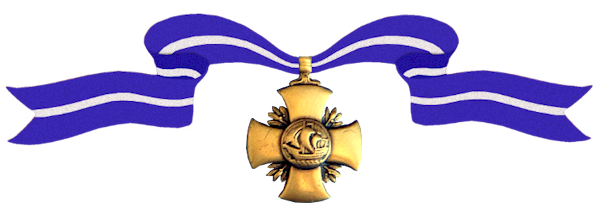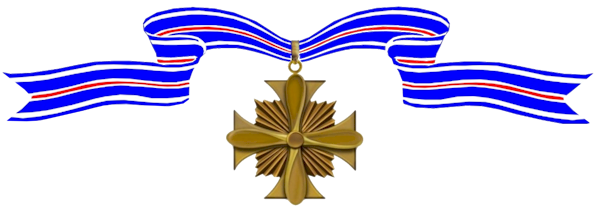John Eldridge graduated from the U.S. Naval Academy at Annapolis, Class of 1927. During World War I was reported Missing in Action following a mission on November 2, 1942.

–
Cemetery:
Awards Received
-

Navy Cross
-

Navy Cross
-
Navy Cross
Service:
United States NavyRank:
Lieutenant CommanderBatallion:
Scouting Squadron 71 (VS-71)Division:
U.S.S. Wasp (CV-7)Action Date:
August 7 – 8, 1942
Commander In Chief Pacific Fleet: Serial 25 (January 16, 1943)The President of the United States of America takes pride in presenting the Navy Cross (Posthumously) to Lieutenant Commander John Eldridge, Jr. (NSN: 0-61105), United States Navy, for extraordinary heroism in operations against the enemy while serving as Pilot of a carrier-based Navy Scouting Plane and Commanding Officer of Scouting Squadron SEVENTY-ONE (VS-71), attached to the U.S.S. WASP (CV-7), during action against enemy Japanese forces in the Solomon Islands on 7 to 8 August 1942. Leading the first dive-bombing attack against hostile positions on the islands of Gavutu and Tanambogo, Lieutenant Commander Eldridge, with cool courage and utter disregard for his own safety, personally destroyed Japanese gun emplacements in front of the Marine Landing Area on Gavutu Island, thereby making possible a successful landing in that area. His proficient skill and timely effectiveness in directing the bombing of enemy gun positions, stores and dugouts, contributed materially to the seizure of the islands and were in keeping with the highest traditions of the United States Naval Service.
-
Navy Cross
Service:
United States NavyRank:
Lieutenant CommanderBatallion:
Fighting Squadron 71 (VF-71)Division:
U.S.S. Wasp (CV-7)Action Date:
October 5 – 14, 1942
Commander Southern Pacific Forces: Serial 648 (February 26, 1943)The President of the United States of America takes pride in presenting a Gold Star in lieu of a Second Award of the Navy Cross (Posthumously) to Lieutenant Commander John Eldridge, Jr. (NSN: 0-61105), United States Navy, for extraordinary heroism in operations against the enemy while serving as Pilot of a carrier-based Navy Fighter Plane and Commanding Officer of Fighting Squadron SEVENTY-ONE (VF-71), attached to the U.S.S. WASP (CV-18), during action against enemy Japanese forces in the Solomon Islands Area during the period 5 through 14 October 1942. Landing in an early morning flight against a Japanese seaplane base at Rekata Bay, Santa Isabel Island on 5 October, Lieutenant Commander Eldridge launched a vigorous attack, inflicting considerable damage on enemy float planes and anti-aircraft emplacements in spite of extremely adverse weather conditions. Returning to Guadalcanal after being rescued from a forced landing, he led several daring scout-bombing attacks against enemy ships, causing fires and, in one known instance, sinking a Japanese destroyer. His expert airmanship and outstanding devotion to duty contributed materially to the defense of our positions in this area.


